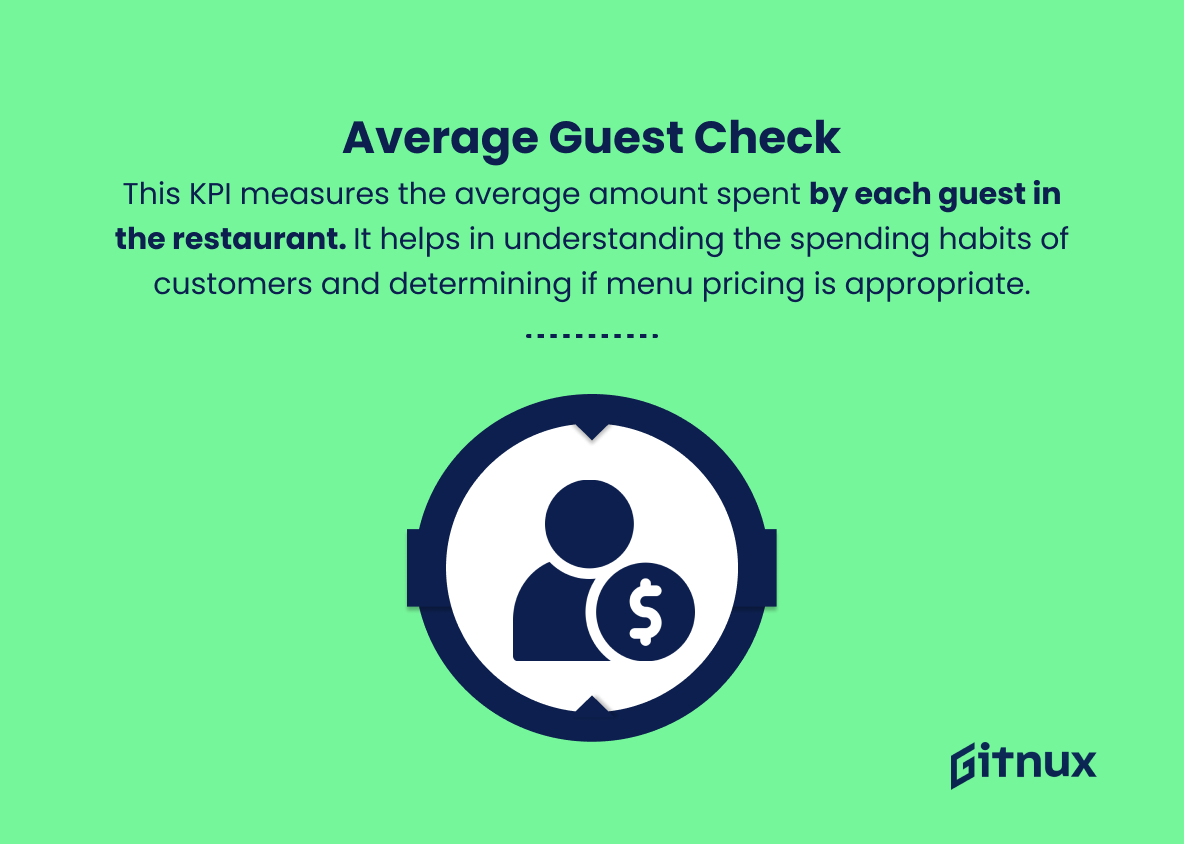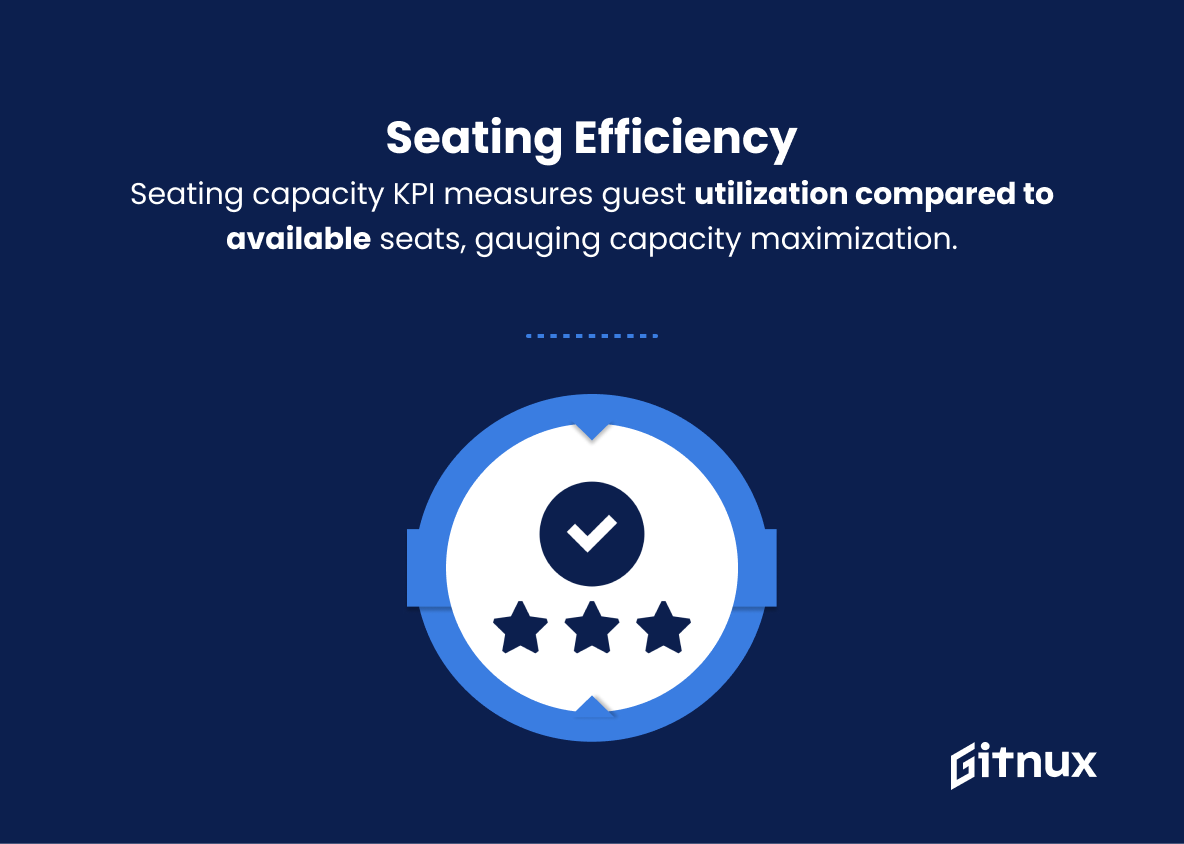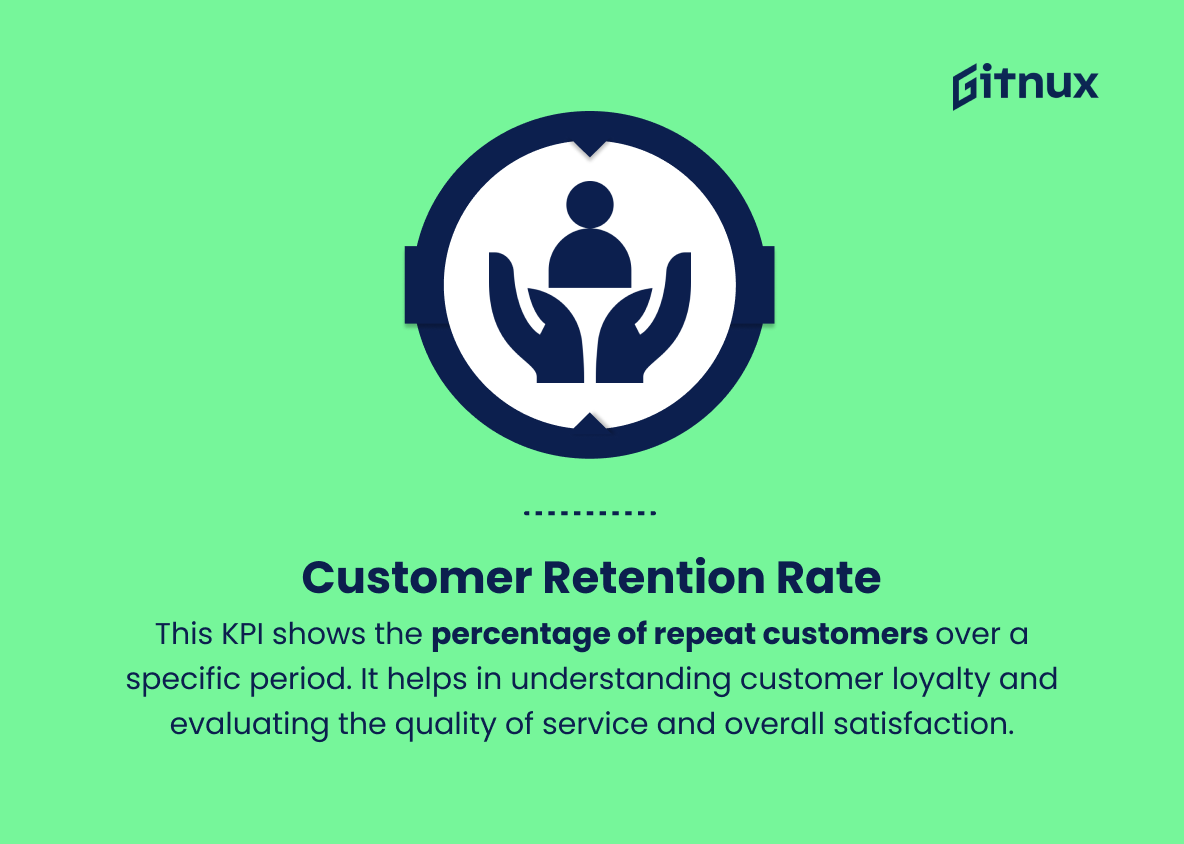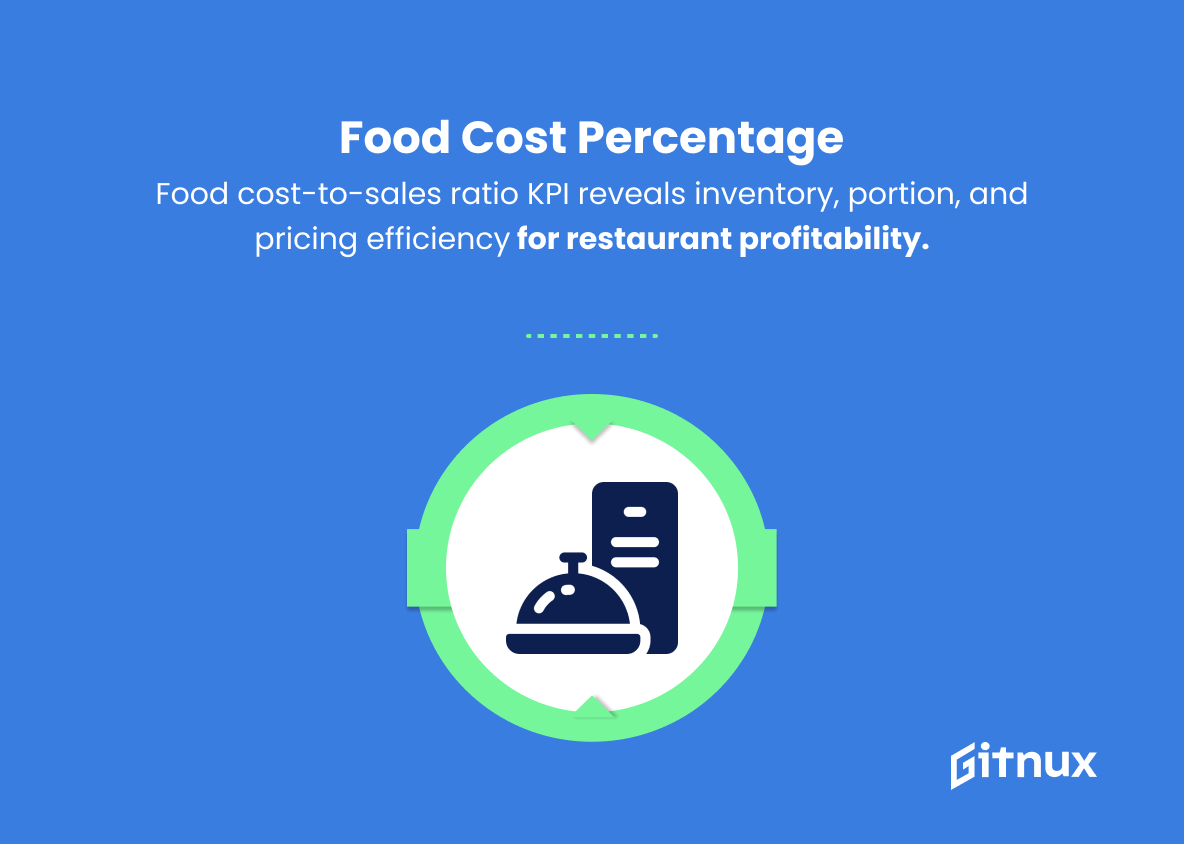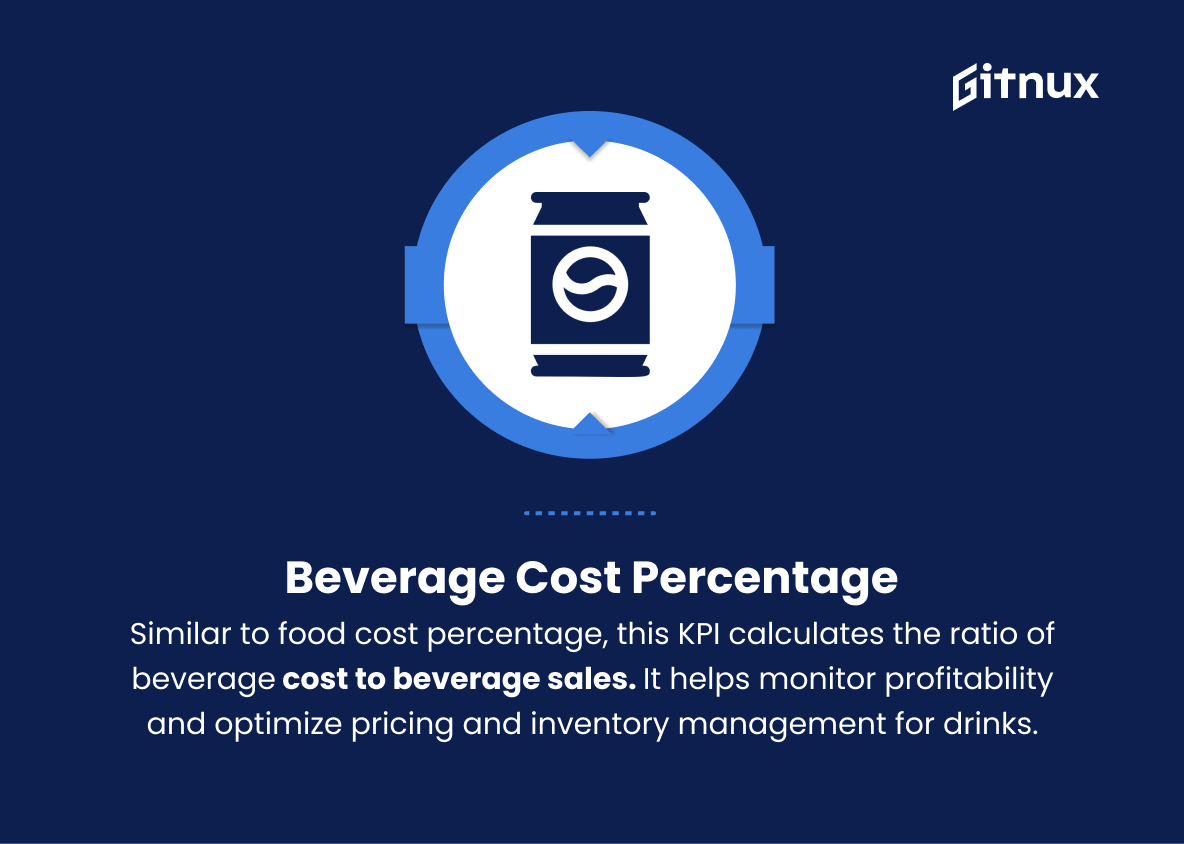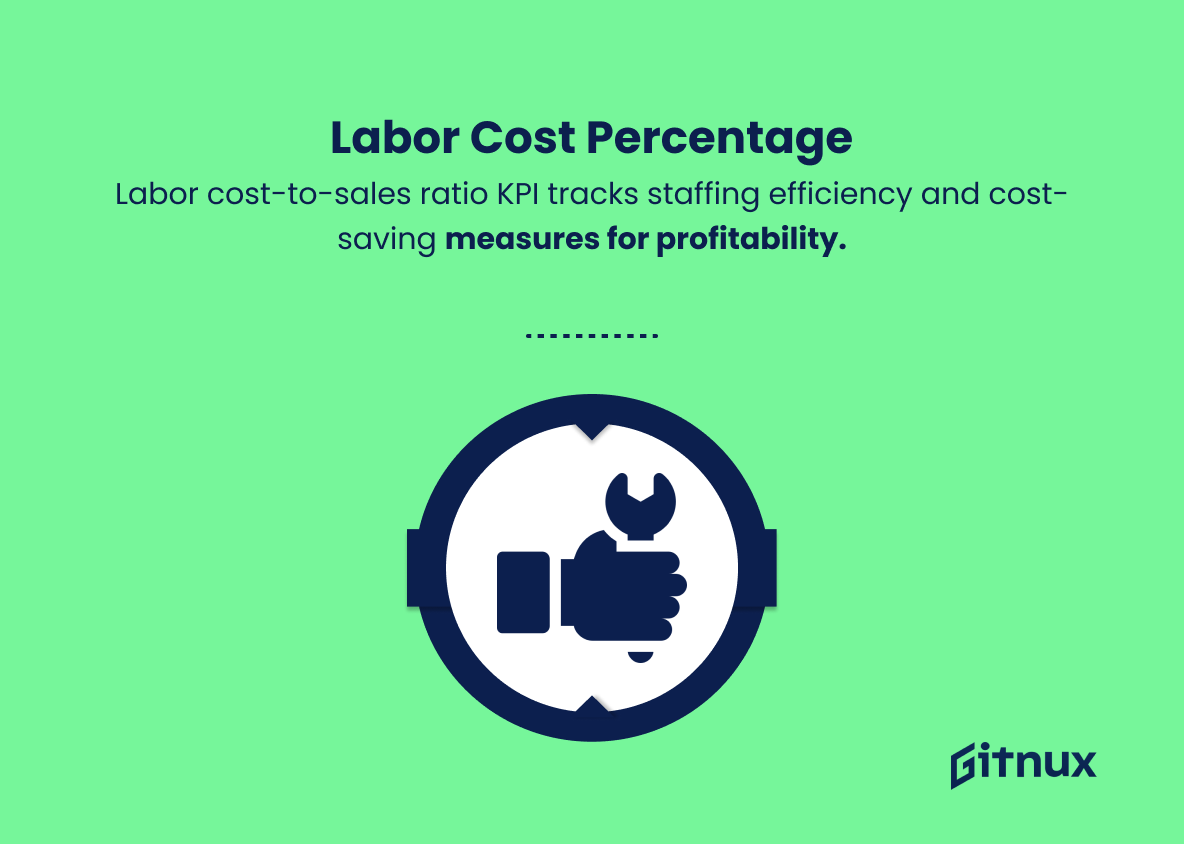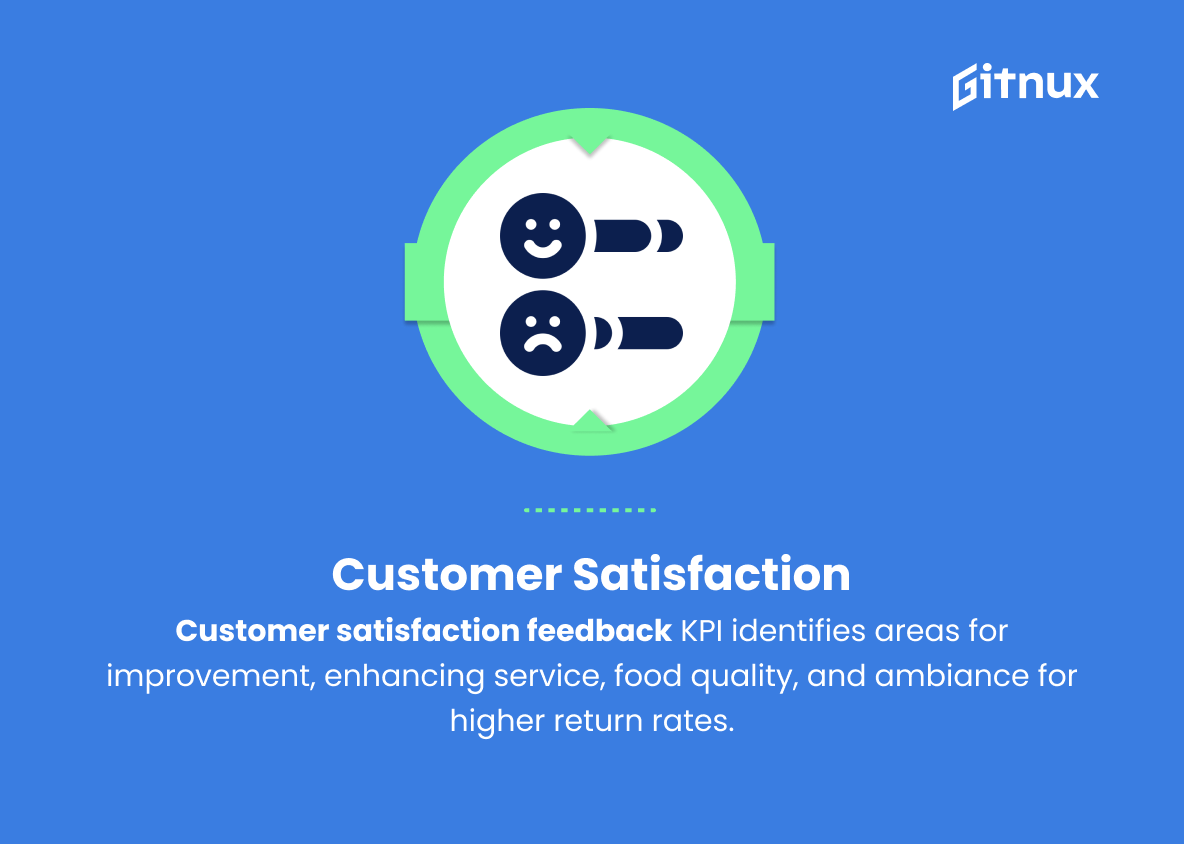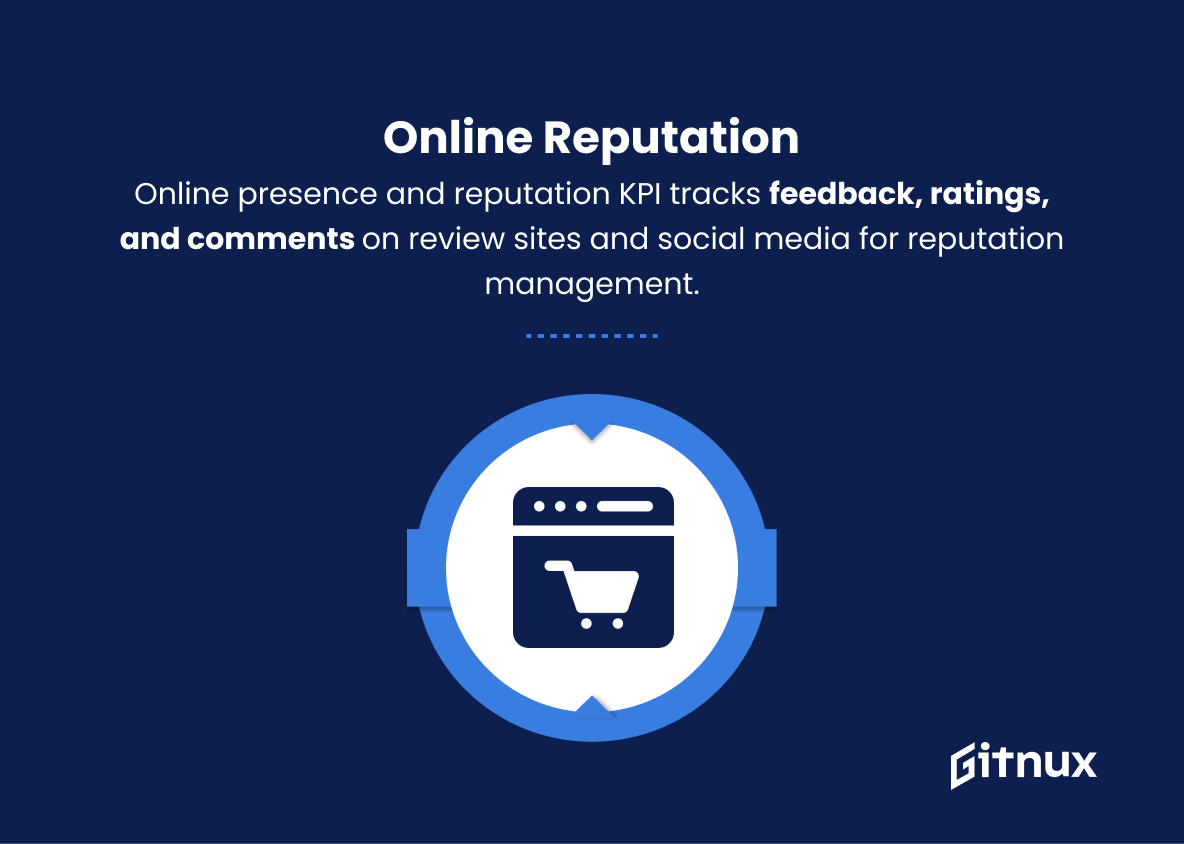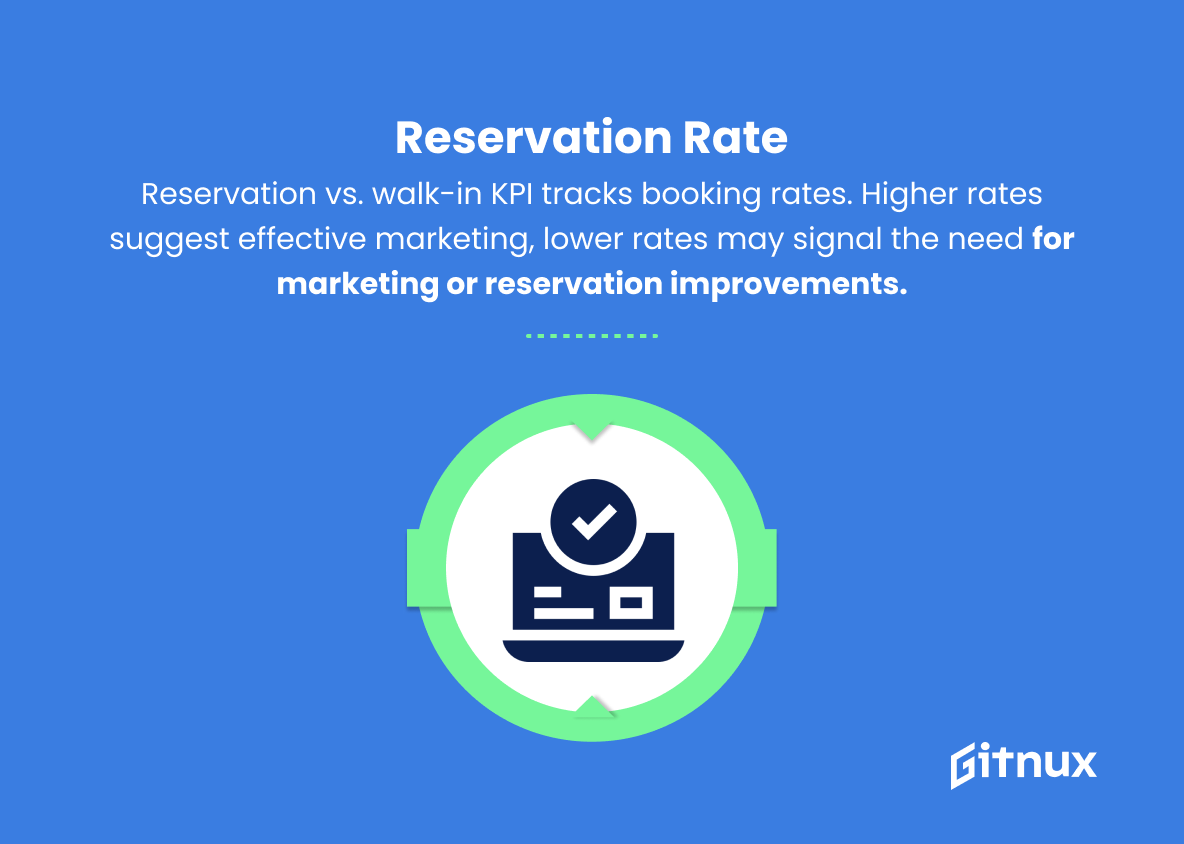In today’s highly competitive restaurant industry, measuring performance is crucial to ensure success and sustainable growth. Key Performance Indicators (KPIs) serve as vital tools in gauging various aspects of a restaurant’s operations, from customer satisfaction to financial health.
In this insightful blog post, we will delve into the most essential Restaurant KPIs that every restaurateur and management team should be tracking to optimize their establishment’s performance, adjust strategies, and make informed business decisions. Join us as we explore these invaluable guiding metrics that can spell the difference between thriving and merely surviving in the challenging world of food and hospitality.
Restaurant KPIs You Should Know
1. Daily Sales
This KPI measures the total sales generated each day, including food, beverages, and other items. It helps monitor the restaurant’s overall financial health and identify patterns or trends over time.
2. Average Guest Check
This KPI measures the average amount spent by each guest in the restaurant. It helps in understanding the spending habits of customers and determining if menu pricing is appropriate.
3. Table Turnover Rate
This KPI indicates the number of times a table is occupied and then becomes available again during a specific period. Higher table turnover rates mean more guests are being served, which translates to increased revenue.
In today’s highly competitive restaurant industry, measuring performance is crucial to ensure success and sustainable growth.4. Seating Efficiency
This KPI measures how effectively the restaurant utilizes its seating capacity. It compares the number of guests served to the total number of available seats, indicating how well the establishment is maximizing its potential guest capacity.
5. Customer Retention Rate
This KPI shows the percentage of repeat customers over a specific period. It helps in understanding customer loyalty and evaluating the quality of service and overall satisfaction.
6. Food Cost Percentage
This KPI calculates the ratio of food cost to food sales. It’s a crucial profitability indicator for restaurant owners, as it reveals how efficiently they manage inventory, portion sizes, and pricing strategies.
Restaurant KPIs are crucial in determining the overall success and profitability of an establishment.7. Beverage Cost Percentage
Similar to food cost percentage, this KPI calculates the ratio of beverage cost to beverage sales. It helps monitor profitability and optimize pricing and inventory management for drinks.
8. Labor Cost Percentage
This KPI measures the ratio of labor costs (wages, benefits, etc.) to overall sales. Keeping labor costs in check is essential to maintaining profitability, so tracking this KPI can lead to improved staffing decisions and cost-saving measures.
9. Customer Satisfaction
This KPI involves gathering feedback from customers regarding their dining experience. Monitoring customer satisfaction helps identify areas for improvement and can lead to proactive efforts to enhance service, food quality, and ambience, leading to higher return rates.
10. Online Reputation
This KPI reflects the restaurant’s presence and performance on review websites and social media platforms. It’s vital to monitor feedback, ratings, and comments to maintain a positive image and manage possible issues that could harm the restaurant’s reputation.
11. Social Media Engagement
This KPI measures the restaurant’s success in engaging with its audience on social media platforms. Metrics such as shares, comments, and likes help gauge how well the restaurant’s online marketing efforts are resonating with potential customers.
12. Reservation Rate
This KPI tracks the percentage of guests making reservations versus walk-ins. A higher reservation rate can indicate effective marketing strategies, while a lower rate might suggest the need to refine marketing or reservation management practices.
13. Menu Item Performance
This KPI analyzes the popularity and profitability of each menu item, helping restaurant owners identify which dishes to promote, improve, or phase out.
14. Employee Turnover Rate
This KPI measures the number of employees who leave the restaurant over a specific period. Reducing employee turnover can lead to lower hiring and training costs, as well as increased employee satisfaction and performance.
Restaurant KPIs Explained
Restaurant KPIs are critical in determining the overall success and profitability of a business. Metrics such as daily sales and average guest check help monitor financial health and ensure appropriate pricing strategies. Meanwhile, table turnover, seating efficiency, and customer retention rates measure how effectively the restaurant is serving guests and fostering loyalty.
Food, beverage, and labor cost ratios play a critical role in maintaining profitability by managing inventory, portion sizes, and staffing decisions. Customer satisfaction and online reputation KPIs underscore the importance of maintaining a positive image, while social media engagement demonstrates successful marketing efforts.
Reservation rate can indicate the effectiveness of marketing and reservation management practices, while menu item performance helps optimize the menu. Finally, employee turnover ensures a more efficient, satisfied workforce that contributes to the restaurant’s overall success.
Conclusion
In summary, tracking and analyzing restaurant KPIs is paramount to the success and growth of any restaurant business. Paying close attention to key metrics such as sales, labor and food costs, customer satisfaction, and employee turnover can provide valuable insight into business performance.
By regularly monitoring and iterating on these KPIs, restaurant owners and managers can make informed decisions to optimize operations, increase profits, and create memorable dining experiences for their customers. By taking a strategic and data-driven approach to managing your restaurant, you can strengthen your competitive edge and ensure long-term sustainability in the ever-evolving foodservice industry.

